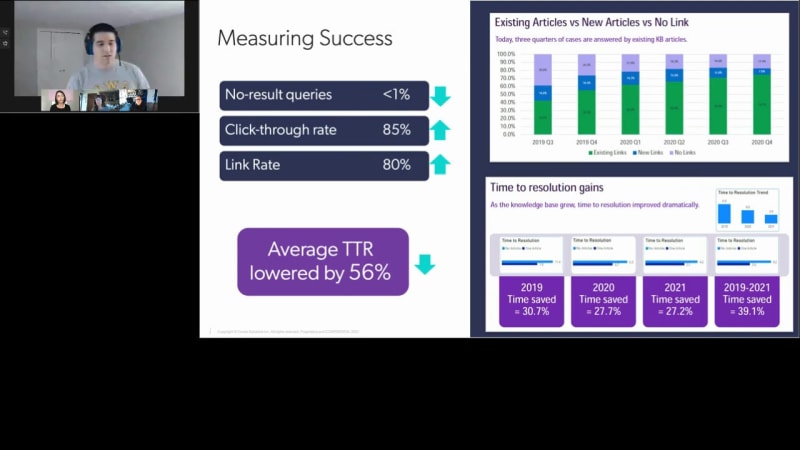
Knowledge Management Best Practices for a Successful Customer Support Experience
Join The Technology & Services Industry Association's (TSIA) John Ragsdale as he shares industry data on the current state of knowledge management (KM) and its impact on customer support. This webinar also includes a detailed knowledge management case study presented by Darragh Perrow and Alex VanFosson from OSIsoft who discuss the company’s valuable knowledge transformation journey.
Information covered includes:
- Key findings from TSIA's 2020 Knowledge Management Survey
- The critical role of company culture in KM success
- OSISoft's Transformation to KCS
- Best practices for implementing KCS and AI-powered search

Alex VanFosson
Knowledge Engineer, OSIsoft

Darragh Perrow
Business System Analyst, OSIsoft

Bonnie Chase
Senior Director, Service Marketing, Coveo

John Ragsdale
Distinguished Researcher and Vice President of Technology Ecosystems, TSIA



